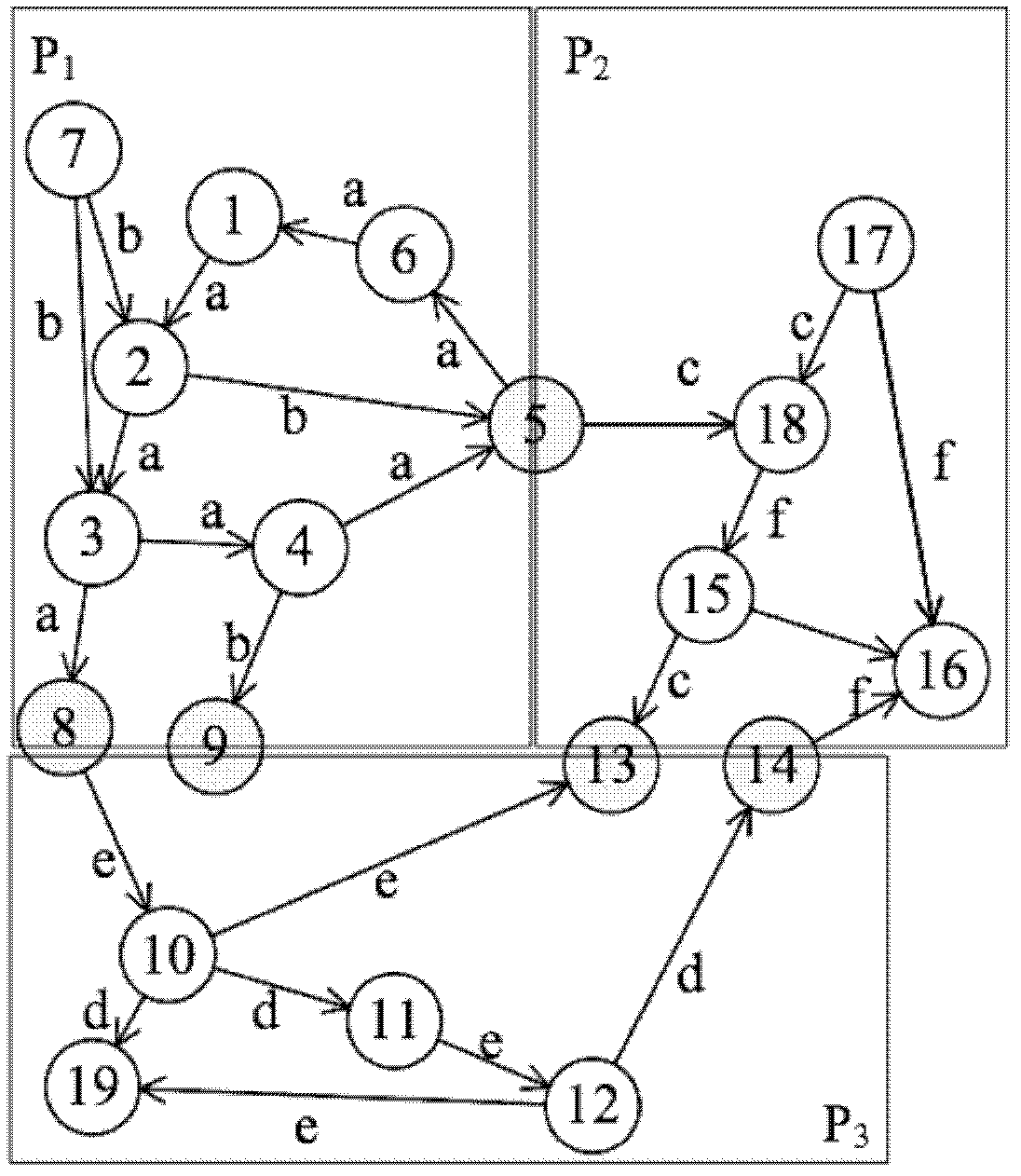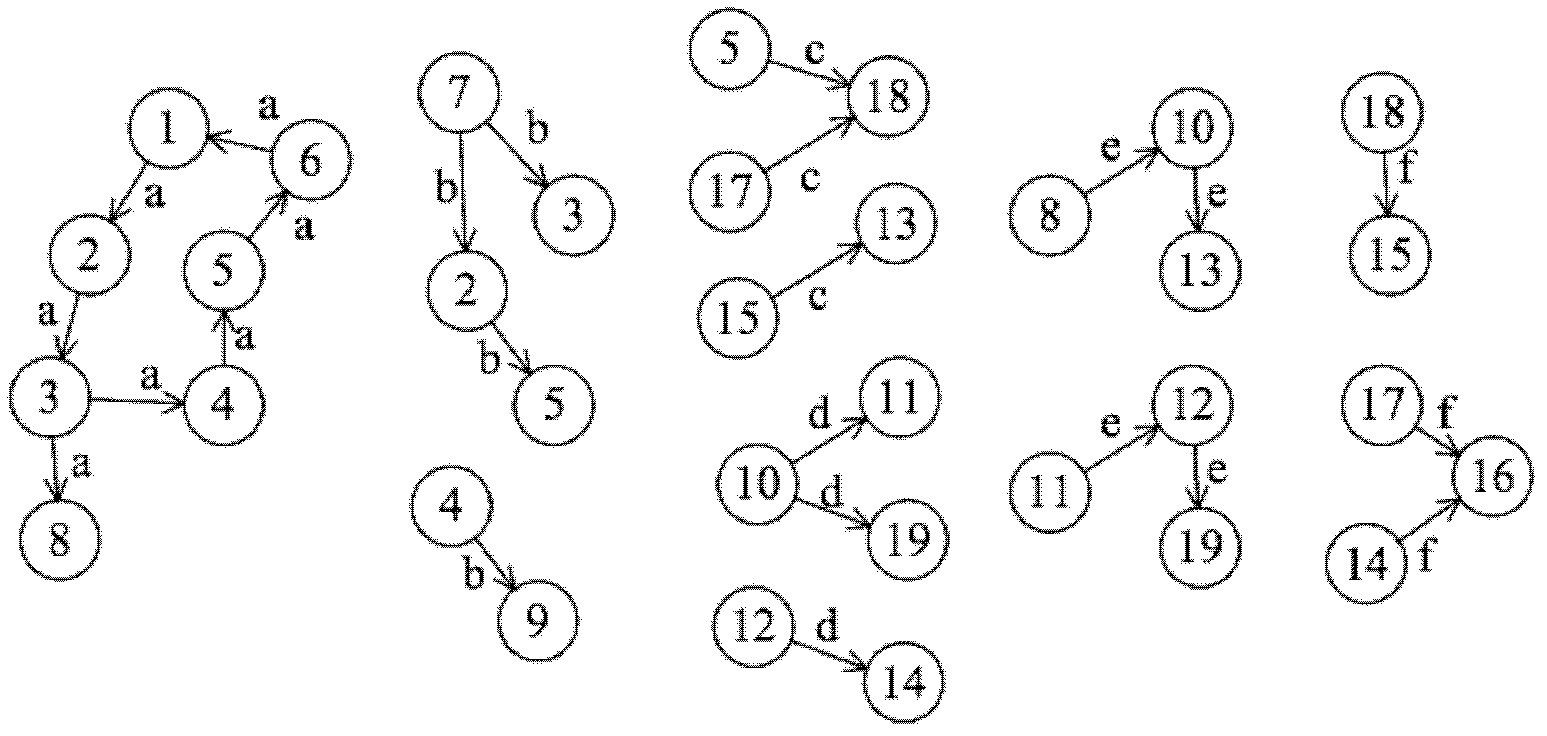Relational query method implemented on large-scale data set
A large-scale data and relational query technology, applied in the field of relational query with label restrictions, can solve the problems of sharp increase in index calculation, relational query method can not meet the requirements of entity relational query, increased calculation time, etc., to support expansion sexual effect
- Summary
- Abstract
- Description
- Claims
- Application Information
AI Technical Summary
Problems solved by technology
Method used
Image
Examples
Embodiment Construction
[0036] The example of the present invention is based on the function of entity relationship query.
[0037] The overall method flow chart of the invention is as follows figure 1 Shown:
[0038] In the example, methods for abstracting directed graphs include:
[0039] Step 101: abstract entities in the semantic data graph into points, and abstract relationships between entities into directed edges.
[0040] Step 102: Abstract the edges corresponding to the same relationship into a label.
[0041] figure 2 It is a directed graph that has been abstracted, where the label represents the type of edge. Here, we define the length of the path between points as the number of types of labels on the path. Such as figure 2 As shown, there are two paths from point 1 to point 5, respectively p 1 (1, 2, 5), p 2 (1, 2, 3, 4, 5), the label sets of the two paths are {a, b} and {a} respectively, then according to our above definition, p 1 is of length 2, p 2 has a length of 1.
[004...
PUM
 Login to View More
Login to View More Abstract
Description
Claims
Application Information
 Login to View More
Login to View More - R&D
- Intellectual Property
- Life Sciences
- Materials
- Tech Scout
- Unparalleled Data Quality
- Higher Quality Content
- 60% Fewer Hallucinations
Browse by: Latest US Patents, China's latest patents, Technical Efficacy Thesaurus, Application Domain, Technology Topic, Popular Technical Reports.
© 2025 PatSnap. All rights reserved.Legal|Privacy policy|Modern Slavery Act Transparency Statement|Sitemap|About US| Contact US: help@patsnap.com



